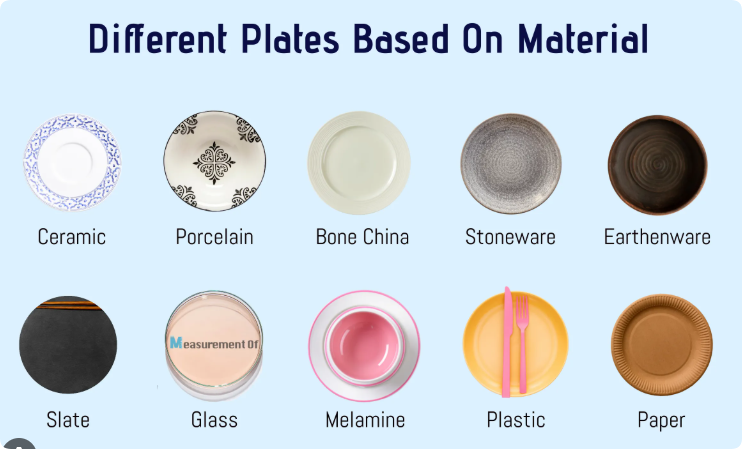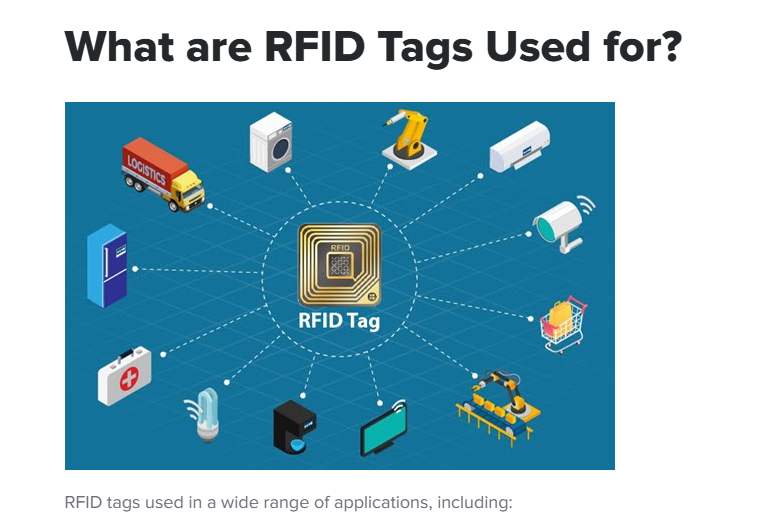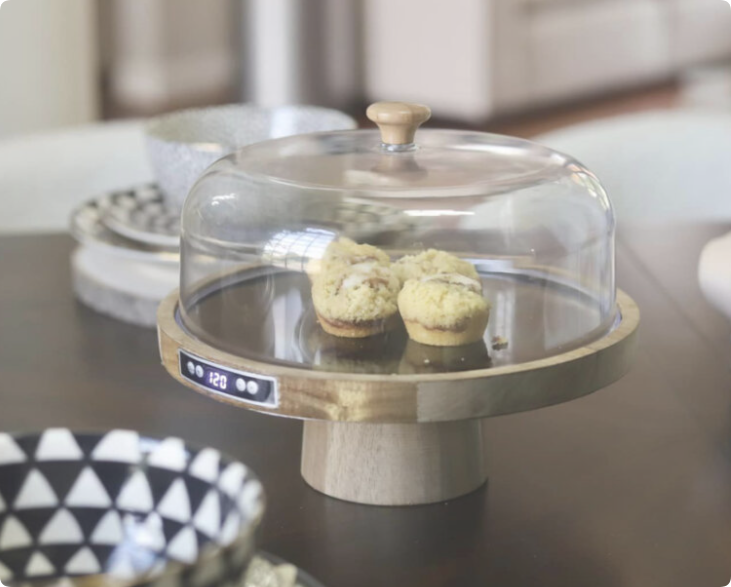When it comes to dinnerware, lightweight materials have become a top priority for B2B buyers. Whether you’re a large supermarket chain seeking bulk ODM customization or a small-scale e-commerce seller looking for tailored OEM services, understanding the advantages of lightweight materials is essential.
In this article, we’ll analyze the benefits of lightweight dinnerware for B2B buyers, compare multiple materials, explore the suitability of materials for various markets, predict future trends, and answer frequently asked questions.
1. Benefits of Lightweight Dinnerware for B2B Buyers
Lightweight dinnerware isn’t just about convenience; it offers tangible advantages for businesses:
1.1 Lower Transportation Costs
- Weight Reduction: Lightweight materials reduce shipping costs significantly, especially for international buyers.
- Volume Maximization: Lower weight allows for more products per shipment, enhancing cost efficiency.
1.2 Ease of Handling
- Consumer Convenience: Lightweight dinnerware is easier for end-users to handle, particularly for elderly or younger demographics.
- Restaurant Efficiency: Commercial settings benefit from lightweight materials for faster table service and less strain on staff.
1.3 Market Versatility
- Broader Appeal: Lightweight materials cater to diverse markets, from casual outdoor settings to formal dining experiences.
- Customization Potential: Many lightweight materials support innovative designs, patterns, and finishes, catering to unique brand needs.
2. Comparative Analysis of Lightweight Dinnerware Materials
Selecting the right material is critical for B2B buyers. Here’s a detailed analysis of the most common lightweight materials used in dinnerware:

| Material | Weight | Durability | Eco-Friendliness | Design Flexibility | Cost | Best Use Case |
|---|---|---|---|---|---|---|
| Melamine | Very Light | High | Low | High | Affordable | Casual dining, outdoor events |
| Bamboo Fiber | Very Light | Medium | High | Moderate | Moderate | Eco-conscious markets |
| Bone China | Very Light | High (Fragile) | Moderate | Luxurious | Expensive | High-end dining |
| Porcelain | Light | High | Moderate | Versatile | Moderate | Everyday and formal use |
| Tempered Glass | Light | Medium | Moderate | Trendy | Moderate | Family dining, cafes |
| Stainless Steel | Light | Very High | Moderate | Limited | Affordable | Institutional dining, outdoor |
| Plastic | Very Light | Low to Medium | Low | High | Low | Temporary or disposable use |
3. Which Countries Prefer Which Materials?
The preferences for lightweight dinnerware materials vary across regions due to cultural, economic, and regulatory factors.
- United States:
- Popular Materials: Melamine, tempered glass.
- Reason: Affordability and versatility dominate the market.
- Europe:
- Popular Materials: Bamboo fiber, porcelain.
- Reason: Strong emphasis on sustainability and classic aesthetics.
- Asia:
- Popular Materials: Bone china, melamine.
- Reason: Bone china’s elegance suits formal dining, while melamine meets affordability for mass markets.
- Middle East:
- Popular Materials: Stainless steel, porcelain.
- Reason: Stainless steel is preferred for durability in institutional settings, while porcelain aligns with traditional dining practices.
- Africa:
- Popular Materials: Plastic, melamine.
- Reason: Cost-effectiveness and resistance to breakage are key considerations.
4. Future Trends: What Material Will Dominate the Next Decade?
4.1 Eco-Friendly Materials on the Rise
- Bamboo Fiber:
Bamboo fiber is gaining popularity due to increasing environmental awareness. Its biodegradable nature and renewable sourcing make it attractive to eco-conscious buyers. - Composites:
Innovations in material science are producing composite dinnerware that combines the strength of melamine with the eco-friendliness of bamboo.
4.2 Enhanced Durability Without Weight Trade-offs
- Tempered Glass:
Advanced manufacturing techniques are making tempered glass lighter while retaining its durability, offering an excellent middle ground for style and functionality. - Recyclable Plastics:
Bioplastics derived from renewable sources are predicted to replace traditional plastics, combining lightweight properties with sustainability.
4.3 Smart Features in Dinnerware
The integration of RFID tags or temperature-sensitive designs could add functionality to lightweight dinnerware, enhancing its appeal in the commercial sector.

Temperature-sensitive case:

5. Frequently Asked Questions (FAQ)
Q1: Is melamine safe for food use?
A: Yes, melamine is safe for food use when produced according to regulatory standards. However, it should not be used in microwaves.
Q2: What is the most durable lightweight material?
A: Stainless steel is the most durable but may lack the aesthetic appeal of materials like bone china or porcelain.
Q3: Are bamboo fiber dinnerware sets dishwasher-safe?
A: Bamboo fiber dinnerware is generally not dishwasher-safe due to its organic composition, which can degrade over time.
Q4: How does bone china compare to porcelain in terms of weight?
A: Bone china is lighter than porcelain due to its composition, but it is also more fragile and expensive.
Q5: Which material is best for outdoor dining?
A: Melamine and stainless steel are ideal for outdoor dining due to their lightweight and shatter-resistant properties.
Why Choose EKA for Lightweight Dinnerware?
As a leading dinnerware manufacturer in Chaozhou, China, EKA offers:
- Wide Range of Materials: From melamine to bone china, we provide customized solutions to meet diverse market needs.
- Eco-Friendly Options: EKA supports sustainable practices by offering bamboo fiber and other environmentally conscious materials.
- Flexible Customization:
- ODM for large-scale buyers: Tailored designs and bulk production for supermarkets.
- OEM for small-scale e-commerce sellers: Unique branding and packaging.
- Competitive Pricing: Direct factory pricing ensures value for money without compromising quality.
Conclusion
Lightweight dinnerware offers unparalleled benefits to B2B buyers, from reducing logistics costs to meeting diverse consumer preferences. While melamine and porcelain dominate the current market, bamboo fiber and composite materials are set to shape the future of lightweight dinnerware.
Partner with EKA to explore a world of customizable, high-quality lightweight dinnerware solutions tailored to your business needs. Contact us today for expert advice and competitive pricing!

